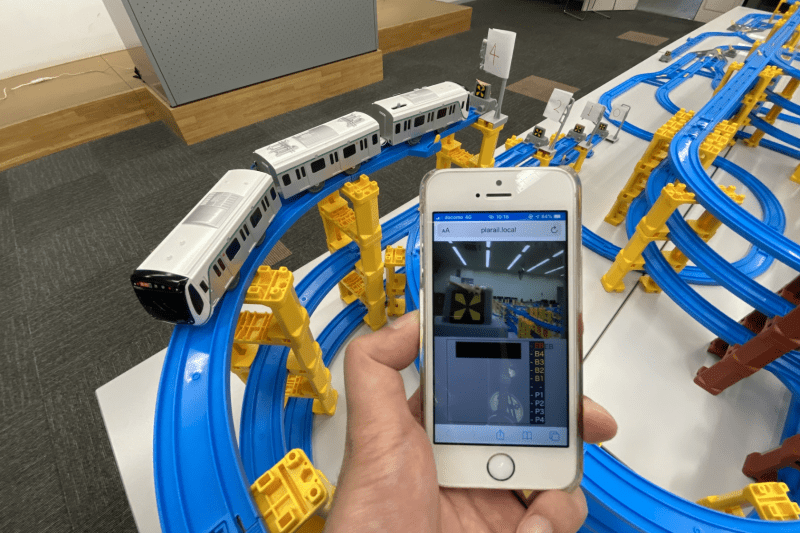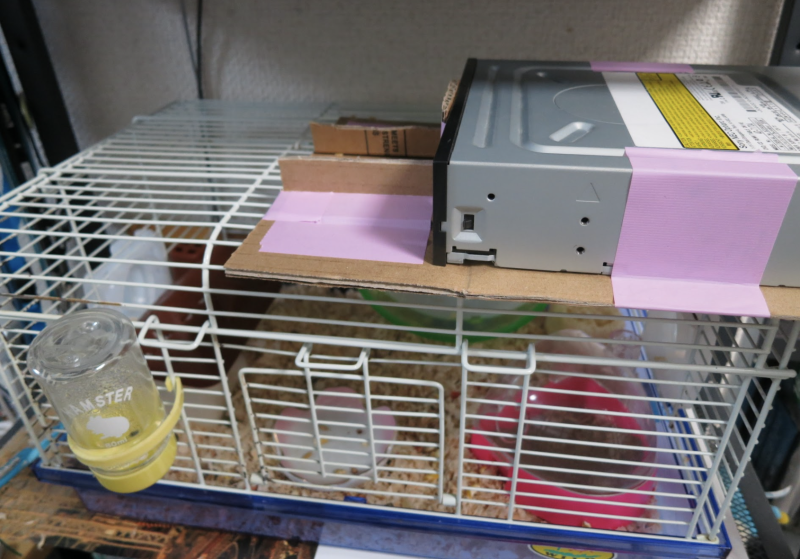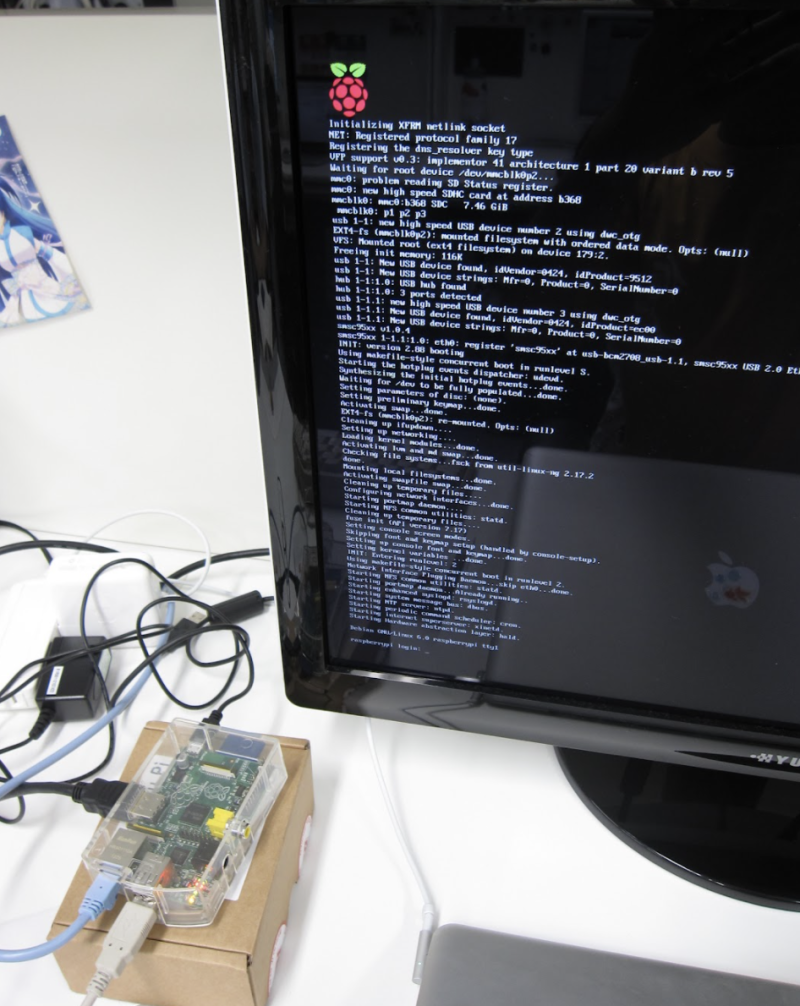“Although the term ‘IoT’ was not common in 2009, I combined the optical drive, cardboard, and springs to create a thing that could feed the hamster or control the power switch of the air conditioner by [moving] the tray of the optical drive,” Akkie tells us. “It is quieter, easier, and smarter to implement similar functions with a Raspberry Pi, server monitor, and infrared LED nowadays.”
When did you learn about Raspberry Pi?
I discovered Raspberry Pi on the RS Components’ website on 12 March 2012 – I found this from my Twitter [Ed, see photo]. At that time I used a Linux netbook for my optical drive IoT project to demonstrate at some events. I thought Raspberry Pi could make it compact the demo stuff. After replacing the netbook with Raspberry Pi, I created a wearable optical drive attached on the top of a helmet, and Raspberry Pi built-in optical drive.
What are your favourite things that you’ve made with Raspberry Pi?
My fave is a Plarail (Japanese train toy for kids) project that can be controlled from a smartphone. A Raspberry Pi Zero and camera are mounted to the carriage, [along with a] built-in motor driver and LiPo battery.
I enjoyed using the motor driver to control acceleration and deceleration, and the design of the web UI.
What differences have you noticed in the Japanese maker community compared to the USA/UK?
I don’t know much about overseas maker communities (or Japanese communities even), but when I saw maker events in US or the UK, I found there were more huge (literally!) projects than in Japan. It might be hard for us to create huge projects in Japan because, in many cases, there is not enough space in our house to work in.
Furthermore, Japan has its own certification system for power supplies and radio waves, and it often takes a long time for foreign products to become available in Japan. Sometimes they cannot be used in Japan because the manufacturer often does not obtain certification in Japan. Compared to the certification system in US or UK, I assume it makes things less flexible for Japanese makers’ projects which use radio waves…
Apart from our country’s system, I think it’s amazing the sense of unity a community can feel when they get their hands on a junk part. In early 2021, it was very popular for Japanese makers on Twitter to take out a 640×48 pixel LCD that was built into a children’s toy and analyse it. No matter if they knew each other or not, makers brought information they had to Twitter and GitHub, and made controlling the LCD possible in a few weeks. That was really amazing. It is available for Raspberry Pi as well. I followed those instructions, bought the toy, and made it work too.
Translation by Satoka Fujita.




Schreibe einen Kommentar
Du musst angemeldet sein, um einen Kommentar abzugeben.